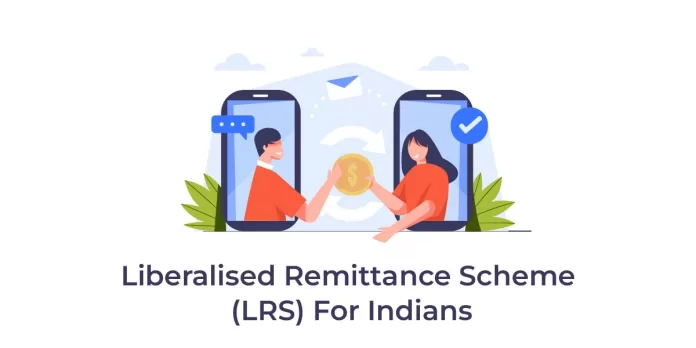The Liberalised Remittance Scheme (LRS) has been a game-changer for Indian residents looking to transfer funds abroad. Introduced by the Reserve Bank of India (RBI) in 2004, this scheme aimed to simplify the process of sending money overseas for various purposes.
Let’s delve into the details of what LRS offers and how it works.
What is LRS?
The Liberalised Remittance Scheme is a policy initiative by the RBI that allows resident individuals in India to remit funds abroad for permissible transactions. These transactions could involve both current and capital accounts, covering a wide range of purposes such as education, medical expenses, travel, investments, and more.
Who Can Use LRS?
Any resident individual in India, including minors and students, can utilise the LRS scheme. However, they must have an Indian bank account, a valid Permanent Account Number (PAN), and a passport.
LRS Limit
The current limit under the LRS is set at USD 2,50,000 per financial year for each individual. This limit applies to various transactions like education, medical treatment, employment, emigration, travel, and investment. However, it’s essential to note that certain transactions like trading, buying lottery tickets, or investing in real estate are not permitted under LRS.
How Does LRS Work?
Under LRS, individuals can transfer funds abroad through authorized dealers, such as banks. The process involves converting Indian Rupees into US Dollars before making the international transaction. Each family member can consolidate their remittances under LRS, but they must adhere to the scheme’s terms and conditions.
Tax Implications
Profits earned from overseas investments made through LRS are taxable in India, depending on the holding period. Long-term capital gains (investments held for over two years) are taxed at 20%, while short-term gains are taxed at normal income tax slab rates. Additionally, a 5% Tax Collected at Source (TCS) applies to remittances exceeding Rs. 7,00,000, which can be claimed as a refund while filing income tax returns.
Benefits of LRS
The Liberalised Remittance Scheme offers several benefits to Indian residents:
- Diversification of Investment: Individuals can diversify their investment portfolio by investing in foreign assets such as stocks, bonds, mutual funds, and real estate.
- Overseas Education: LRS enables funding for education-related expenses, allowing students to pursue higher education abroad.
- Medical Treatment: Funds can be remitted for medical treatment outside India, especially for specialized procedures.
- Travel: LRS facilitates remittances for travel-related expenses, making it easier for individuals to explore the world.
- Business Investments: Entrepreneurs can use LRS to invest in foreign businesses, start-ups, and joint ventures, expanding their business globally.
- Gifts and Donations: Individuals can send gifts or donate money to family members or charitable organizations outside India.
The Liberalised Remittance Scheme has opened doors for international trade, foreign investment, education, healthcare, and more for Indian residents. It’s a simple and efficient way to manage financial transactions abroad, offering greater flexibility and opportunities for individuals and families.


